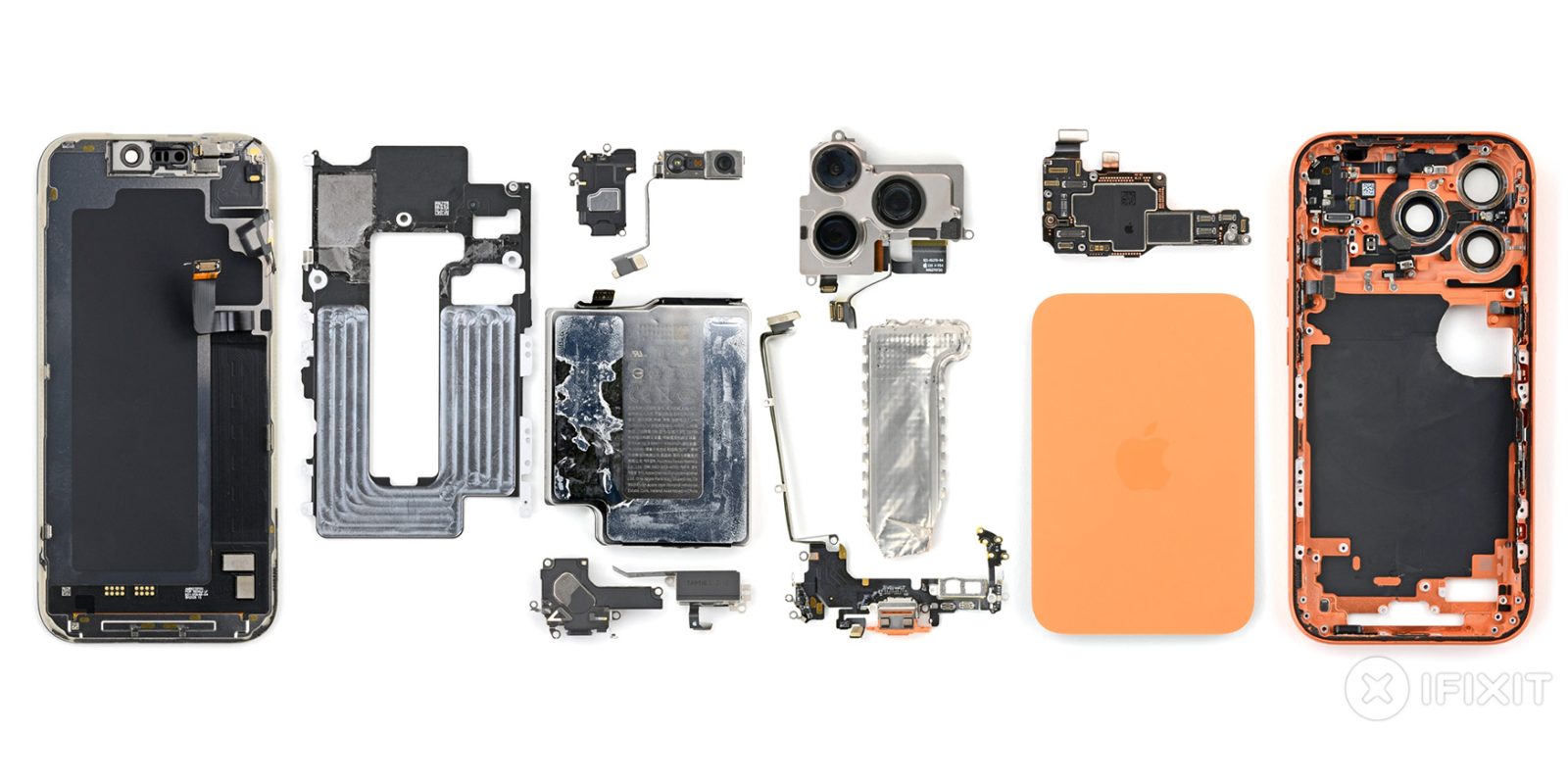In a significant shift, Apple’s latest operating system, macOS Tahoe, has officially discontinued support for FireWire, a technology that once revolutionized data transfer and device connectivity. This move signifies the end of an era for a standard that played a pivotal role in Apple’s hardware ecosystem for over two decades.
The Rise and Fall of FireWire
Introduced in 1999, FireWire, also known as IEEE 1394, was developed by Apple in collaboration with other tech giants like Sony and Panasonic. It offered high-speed data transfer rates, starting at 400 megabits per second, which was significantly faster than the USB 1.0 standard available at the time. This made FireWire the preferred choice for professionals in digital video editing, audio production, and external storage solutions.
The original iPod, launched in 2001, relied exclusively on FireWire for both data transfer and charging, underscoring the standard’s importance in Apple’s product lineup. However, as technology evolved, USB 2.0 and later USB 3.0 emerged with comparable speeds and broader adoption, leading to FireWire’s gradual decline. By 2012, Apple had phased out FireWire ports from its Mac lineup, transitioning to Thunderbolt and USB-C interfaces.
The Final Curtain Call in macOS Tahoe
The release of macOS Tahoe marks the official end of FireWire support. Users who have upgraded to this latest version report that FireWire devices no longer mount or are recognized by the system. Even with the use of Thunderbolt-to-FireWire adapters, these legacy devices fail to connect, indicating a complete removal of FireWire drivers from the operating system.
This change has been confirmed by various users and tech enthusiasts. For instance, Stephen Hackett of 512 Pixels conducted a real-world test using a FireWire 800 drive connected through multiple adapters to a Mac running macOS Tahoe. The result was a non-functional connection, whereas the same setup worked seamlessly on macOS Sequoia. This experiment highlights the definitive cessation of FireWire support in the new OS.
Implications for Users and Legacy Devices
For the majority of Mac users, the removal of FireWire support may go unnoticed, as modern peripherals have long since adopted USB and Thunderbolt standards. However, for professionals and enthusiasts who still rely on legacy FireWire devices—such as external hard drives, audio interfaces, and older iPods—this development poses significant challenges.
Users with valuable data stored on FireWire drives are now faced with the need to access these devices using older Mac hardware or operating systems that still support the standard. This situation underscores the importance of migrating critical data to more current storage solutions to ensure continued accessibility and security.
A Nostalgic Farewell
The discontinuation of FireWire support in macOS Tahoe is more than a technical update; it represents the closing chapter of a technology that was integral to Apple’s innovation and user experience. While the tech industry continually moves forward, leaving behind outdated standards, the legacy of FireWire remains a testament to a period of rapid advancement and creativity in digital connectivity.
As we bid farewell to FireWire, it’s a moment to reflect on its contributions and the evolution of technology that continues to shape our digital lives.



